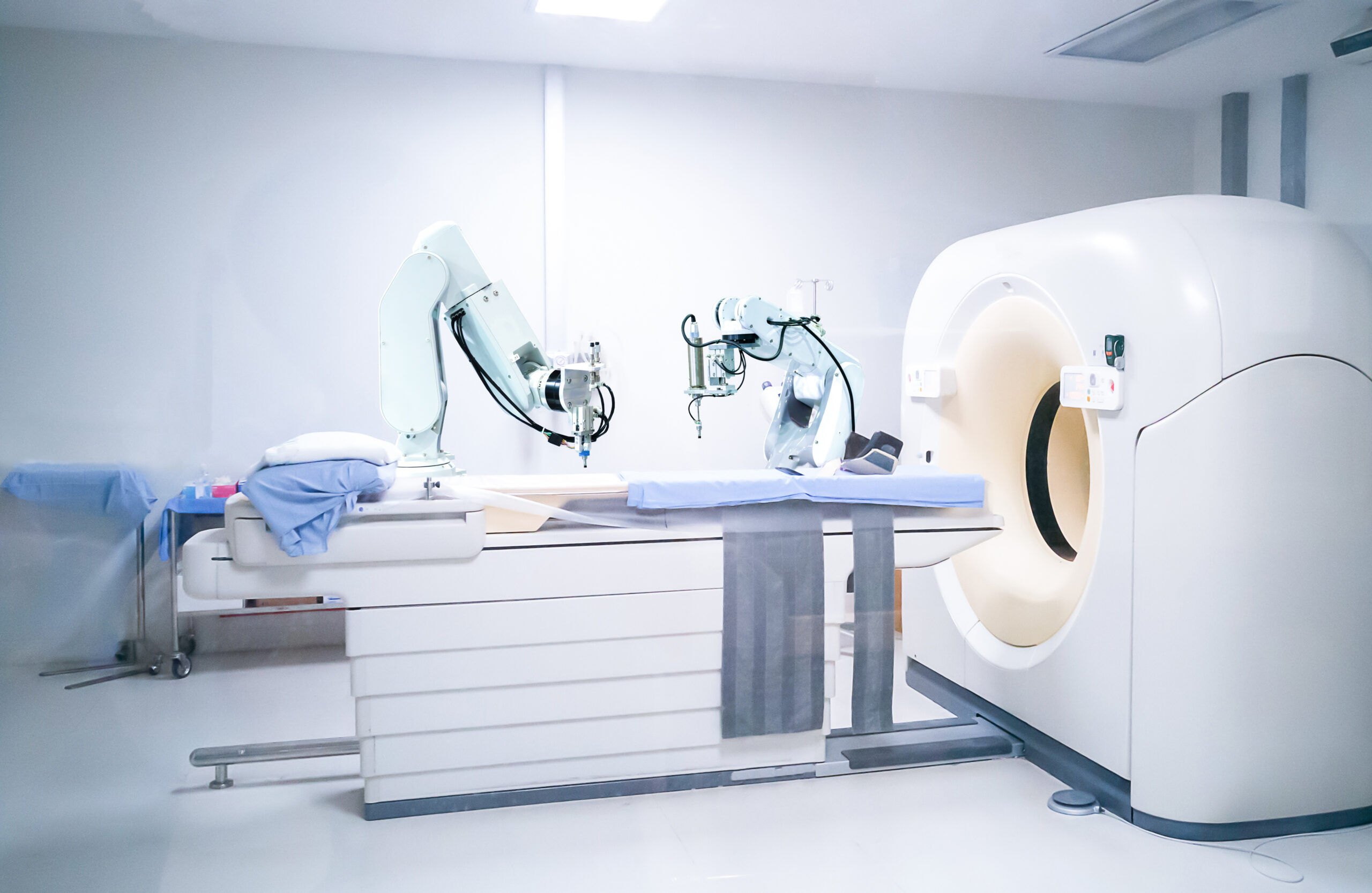Design controls for medical devices are a set of systematic processes and practices that ensure the development of safe and effective medical devices that meet regulatory requirements. These controls are mandated by regulatory bodies like the U.S. Food and Drug Administration (FDA) and are crucial to the entire product development lifecycle. Below, we outline the key steps and considerations for implementing design controls for medical devices:
1. Design and Development Planning:
– Develop a comprehensive plan that outlines the design and development activities, responsibilities, and timelines.
– Identify and document design inputs, including user needs, regulatory requirements, and performance specifications.
2. Design Input:
– Clearly define and document the requirements and specifications for the medical device.
– Consider factors like intended use, patient population, safety, and efficacy.
3. Design Output:
– Document all design outputs, including drawings, specifications, and other documents that define the device’s design.
– Ensure that design outputs meet the design inputs and regulatory requirements.
4. Design Review:
– Conduct systematic design reviews at defined stages of development to evaluate the device’s progress.
– Involve cross-functional teams to assess design, identify issues, and make necessary corrections.
5. Design Verification:
– Verify that the device meets its design specifications through objective testing and analysis.
– Ensure that testing is thorough, well-documented, and traceable.
6. Design Validation:
– Validate the device to ensure it meets user needs and performs effectively in its intended environment.
– Consider real-world conditions and user feedback in the validation process.
7. Design Transfer:
– Plan for the transition of the device design from development to production.
– Ensure that the production processes can consistently produce devices that meet design specifications.
8. Design Changes:
– Establish a process for managing design changes and updates.
– Document and evaluate the impact of design changes on safety and efficacy.
9. Risk Management:
– Conduct a thorough risk assessment throughout the design and development process.
– Implement risk mitigation strategies to minimize potential hazards associated with the device.
10. Document Control:
– Establish a robust document control system to manage design-related documents and revisions.
– Ensure that all stakeholders have access to the most current design documents.
11. Configuration Management:
– Implement configuration management practices to track and control changes to the device’s design and associated documentation.
12. Traceability:
– Create a traceability matrix to link design inputs to design outputs and demonstrate that all requirements are met.
13. Design History File (DHF):
– Maintain a DHF that contains all records related to the design and development process.
– The DHF serves as a comprehensive history of the device’s design and development.
14. Design Transfer to Manufacturing:
– Ensure a smooth transition from design to manufacturing by transferring all necessary information and knowledge.
– Confirm that the manufacturing process aligns with the design.
15. Design Validation and Post-Market Surveillance:
– Continuously monitor the device’s performance in the market to identify any issues or opportunities for improvement.
– Consider user feedback, adverse event reporting, and other sources of post-market data.
16. Regulatory Compliance:
– Stay informed about applicable regulatory requirements and standards (e.g., ISO 13485, FDA QSR).
– Ensure that all design control activities align with regulatory expectations.
17. Training and Competence:
– Provide training to employees involved in design and development to ensure they understand and adhere to design controls.
Effective design controls are fundamental to producing safe and effective medical devices. They not only help ensure regulatory compliance but also contribute to the overall quality and reliability of the product. Continuous improvement and a commitment to robust design control processes are essential for success in the medical device industry.





